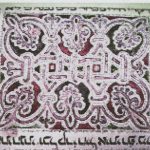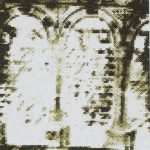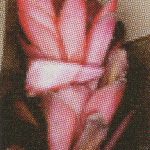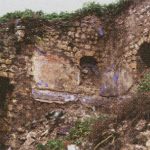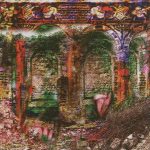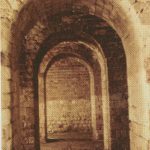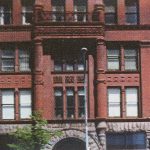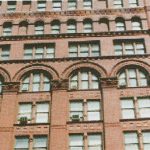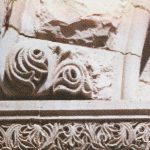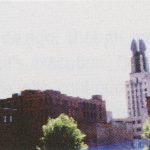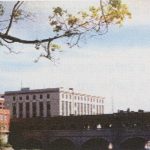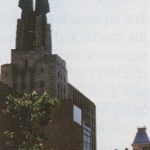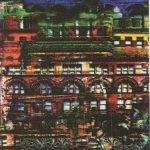Cynthia Beth Rubin: Safed Hiding Places, Wilder Building
Artist(s):
Title:
- Safed Hiding Places, Wilder Building
Exhibition:
Creation Year:
- 2002
Medium:
- digital print
Size:
- 22.9 x 23 inches
Category:
Keywords:
Technical Information:
My work begins before the technical. I visit a site to photograph it, to gather information, to gather thoughts. I contemplate, I imagine, I search for the icon that points to the ordinary thoughts of those who occupied a specific place at a given time in the past.
The painterly juxtapositions of the photographic elements come from a nonlinear process. Beginning with a few layered photographs, the procedure quickly turns from additive to subtractive. My primary tool is a pressure sensitive eraser. Subtractive gestures are positive actions, allowing one image to poke through another, then to be pushed back by something else, and then to poke through just enough to make it come together in a series of dancing relationships.
As the complexion of the image emerges, additional elements are integrated into the evolving imagery not only by pasting them on top, but then by erasing again to reveal the underlying elements. The process is repeated many times, so that the imagery is interwoven rather than applied. I have been working in this fashion since the days of Electronic Arts Studio/8, which incorporated a draft page as a precursor to the layers of Photoshop.
Process Information:
In 1492, a beautifully illuminated Hebrew Bible fled Spain in the arms of expelled Jews, who found comfort in the teachings of mysticism and safety in the hidden caves of Safed. While they protected and studied the Bible, they wondered what forces had caused such upheaval in their exterior world. Safed Hiding Places is about this moment in history. It is about a real occurrence that continues to be repeated in various forms. An outside force causes everything to shift in a flash, and only culture, memory, and a few precious objects persist.
Eventually, the Bible made its way to Marseilles, where I befriended it. Throughout the years, I turned to the carpet pages painted in 1260 in Toledo, Spain, and found a certain sense of history and connection with the past. While my earlier works borrow visual form from the Bible, this image is a tribute to the Bible’s own story.
The Wilder Building in Rochester, New York, was a building of detective stories and shadowy black-and-white movies, where names were printed on translucent glass windows in heavy doors, and letters dropped through mysterious slots to be magically transported away. It was here that my father, as a young attorney, set up his desk and swivel chair and awaited his future. This is where, in my imagination, Bronco the dog (his first client) came to see him, although I know in reality that Bronco stayed at home protecting the world from litigious mailmen. (My father won the case for Bronco.)
In 1995, in the final weeks of my father’s life, I gave him a print of my work Krakow, Prague, & Rochester. As I pointed out the hidden windows of the Wilder Building, his eyes lit up, and I knew that the memories of the Wilder Building were powerful enough to merit a work of their own.
Affiliation Where Artwork Was Created:
- Rhode Island School of Design
Other Information:
Images:
1: Carpet page from the Marseilles Bible dating from 1260, Toledo, Spain
2: Italian scroll of Ester
3: Ginger flower
4: Interior of synagogue in Safed, Israel
5: Caves of Safed, photographed in 1988
6-7: Early versions of Safed Hiding Places
8: Roman ruins in the Negev in Israel
9-11: Details of Wilder Building exterior decor
12-13: Panoramic views from the banks of the Genesee River in Rochester
14: View of Gannett Building, near Wilder Building
15-16: Early versions of Wilder Building



